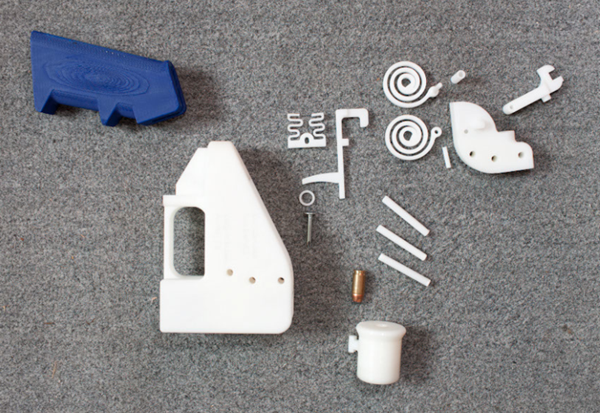Ars Technica calls them the digital “Monuments Men”:
The student who proclaimed this idea is part of a new generation of cultural guardians who are starting to make a name for themselves around the world as the digital “Monuments Men.” Originally the Monuments Men were a group of people, most of them with a cultural studies background, who joined a special branch of the US Army for one reason only: to save and retrieve stolen art from the Nazis. The goal of the digital Monuments Men today is no less important: they want to save global culture from destruction.
As a member of CyArk, Davison is providing tech and knowledge to those on-the-ground experts. The non-profit organisation has dedicated itself to digitising the UNESCO World Heritage sites. Within five years it plans to scan 500 cultural sites in order to transform them into digital 3D models. So far that has worked out quite well — at least for easily accessible examples such as the Brandenburg Gate in Germany or ancient Corinth in Greece. In crisis areas, failed states, and autocracies this task is a lot harder.
The CyArk organisation uses just about every tool that high-technology has to offer: 3D scanners, drones of every size, 360-degree cameras, 3D printers, smart software, and virtual reality systems. It seems as if the idea is certainly causing some serious stir: over 250 ambassadors, government officials, experts, and activists from 35 countries attended CyArk’s annual conference in Berlin this year.
In countries such as Syria, Iraq, or Libya thousands are fighting against the ongoing destruction of historical sites. They are working against time, against the environment, against natural catastrophes, and most of all against war. Since ISIS (ISIL, Daesh) started its mass destruction of historical and religious sites, the threat has become bigger. Not a week goes by without a new YouTube video popping up that shows monuments being blown into bits and pieces or destroyed by hammer-swinging terrorists.
Davison and his students are supposed to respond to ISIS with a secret offensive—and they’ve got the support of industrial and political elites.
There are other groups with slightly different approaches to preserving what can be preserved even if only through crowdsourced images to help create 3D models:
Other groups of cultural guardian activists rely more on Internet communities than secret data-smuggling. “Project Mosul,” for example, named after the city of Mosul in Iraq, uses Internet crowdsourcing, letting users upload their photos directly. Project Mosul also uses pictures of places they find on Flickr. The more photos they find, the easier it gets for them to create a 3D model of an endangered site.
If critical information is missing, members of the community reconstruct the rest. Scientifically this isn’t 100 percent accurate, but it is better than nothing. “I lived in Jordan for eleven years, and the destruction from Syria came so close, I had to do something,” says cofounder Matthew Vincent. Now his platform processes pictures from all around the world, not only Mosul.
In another interesting development, some companies are upgrading these 3D models into full virtual reality environments. David Fürsterwalder just founded his startup, realities.io — a company that specialises in “virtual tourism.” “We need to bring those places back to life instead of just preserving them,” he explains. Fürsterwalder is convinced that we stand on the brink of a VR revolution: “This is not only something for the museum. It will bring virtual journeys to every living room.”









